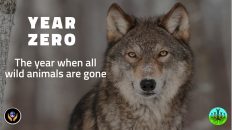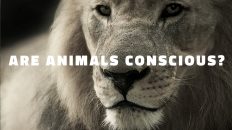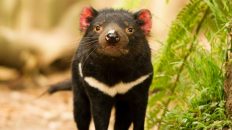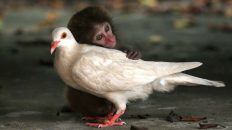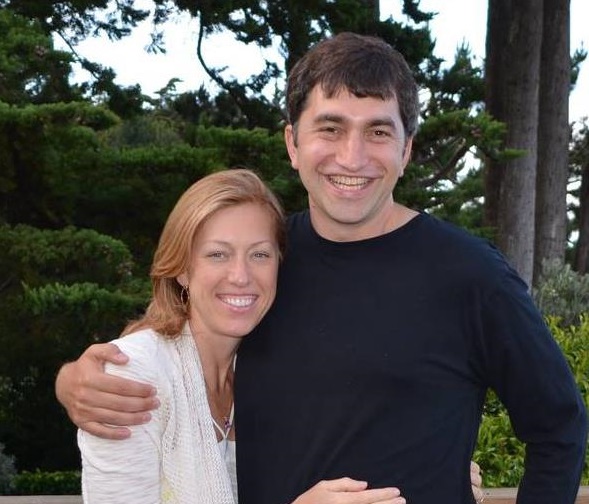Is humanity nothing more than a cancer on the planet, consuming its host until it is gone, guaranteeing its own destruction in the process? A quick glance at the effects of our behavior might lead us to say yes.
But looks can be deceiving. Nature shows us that what is destructive on one level can also be part of a larger process of change that creates new forms of value at another level.
Consider the Indian elephant.
At first glance, the elephant appears to be destructive as she tramples through the forest, breaking limbs from trees, eating all the jackfruit, and littering the landscape with huge piles of poop.
But when we look closer, we see that the trampling provides pathways for the other animals in the forest. The breaking of tree branches allows the sun’s rays to reach the forest floor, enabling plants to grow in the understory. And elephant poop contains jackfruit seeds buried in fertile manure, which propagates the jackfruit tree.
Like the elephant, could it be that some of humanity’s destructive behavior might actually have some positive unintended consequences?
As we look back at Earth’s story, we learn that its climate has been vastly different throughout its history. When dinosaurs roamed the land, Earth was void of ice. The sea level was hundreds of meters higher and the temperature 10 degrees warmer than it is today.
Modern science has learned that there is a direct relationship between the concentration of greenhouse gases in the atmosphere and the Earth’s temperature. Greenhouse gases are like a blanket around the Earth, absorbing just the right amount of heat from the sun to make life possible. The higher the concentration, the warmer the temperature.
In Earth’s more recent history, it has endured a series of long ice ages. During each ice age, life struggles to survive. Imagine a 1 mile thick sheet of ice on top of Chicago. All the forests die. Most of the life in the forests die as very little can survive in these extreme conditions.
Every hundred millennia, a slight change in the Earth’s tilt allows the planet to absorb just enough additional heat to thaw some of the ice. Life expands for a few thousand years during this interglacial period before retreating again as the Earth tilts back and falls into another ice age.
Enter human beings. From the Earth’s perspective, humans are new to the scene – we’ve been here for a blink of an eye. But we’ve been busy.
As the Earth entered its most recent interglacial period, humans began deforesting the Earth to fuel their nascent civilizations. It is calculated that more greenhouse gases were released into the atmosphere through deforestation than all the gases emitted from the burning of fossil fuels. Humans, unknowingly to them, warmed the Earth, delaying the onset of the next ice age.
It turns out there is a “safe zone” when it comes to greenhouse gas concentrations that keeps Earth at just the right temperature for life as we know it to thrive. Any less and we freeze, any more and we fry.
In the last few decades, we have blown past this safe zone way too fast for life today to adjust as we continue to destroy the forests for animal agriculture and find destructive new ways of extracting fossil fuels, adding ever more greenhouse gases to the atmosphere. While our actions have had devastating impacts to many species on the planet, they have also enabled humans to develop the technology necessary to monitor Earth’s composition.
Like the part of the brain that helps stabilize and regulate our body’s temperature, humans now have the ability help Earth regulate its temperature. We have already been doing it unconsciously for thousands of years. Now it is time we become conscious of our role on the planet as the thermostat species.
When we choose to stop eating animals, the land used for raising those animals can be restored to forests, and those forests can sequester all of the greenhouse gases we’ve emitted during the fossil fuel age, bringing us back within the safe zone where life as we know it can thrive.
Unlike the forest elephant, this requires that humanity undergo a metamorphosis from a ego-centric, consumer culture to an eco-centric, life-enriching culture. Again, Nature shows us how this is done.
A caterpillar spends his entire life from the moment he is born eating. He eats the nutritious shell he was born out of. Then he eats the leaf the egg was clinging to. The caterpillar continues eating all the leaves he encounters. Once fully satiated, the caterpillar attaches to the underside of a twig and begins growing a cocoon.
New imaginal cells are born. At first, the imaginal cells are attacked by the caterpillar’s immune system. But soon, they multiply and the immune system gives up. What was once a caterpillar is now a messy glob of imaginal goo.
Soon, out of the cocoon emerges a beautiful butterfly. The butterfly is a very light consumer. As she sips the nectar, she pollinates the flowers helping to regenerate life, nurturing life instead of destroying it.
The time has come for humanity to undergo its metamorphosis. Our imaginal cells are awakening. We have a unique opportunity in this pivotal time in history to realize our full potential by considering ourselves stewards of life, applying the lessons we’ve learned to nurture the conditions for life to thrive for all of Earth’s remaining years.











